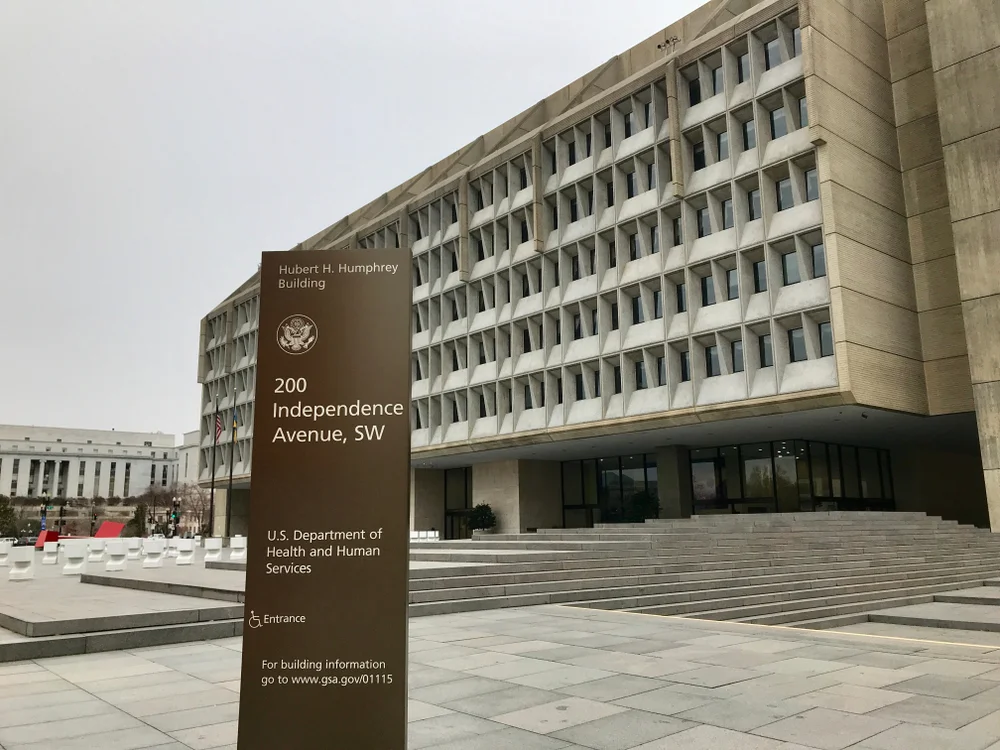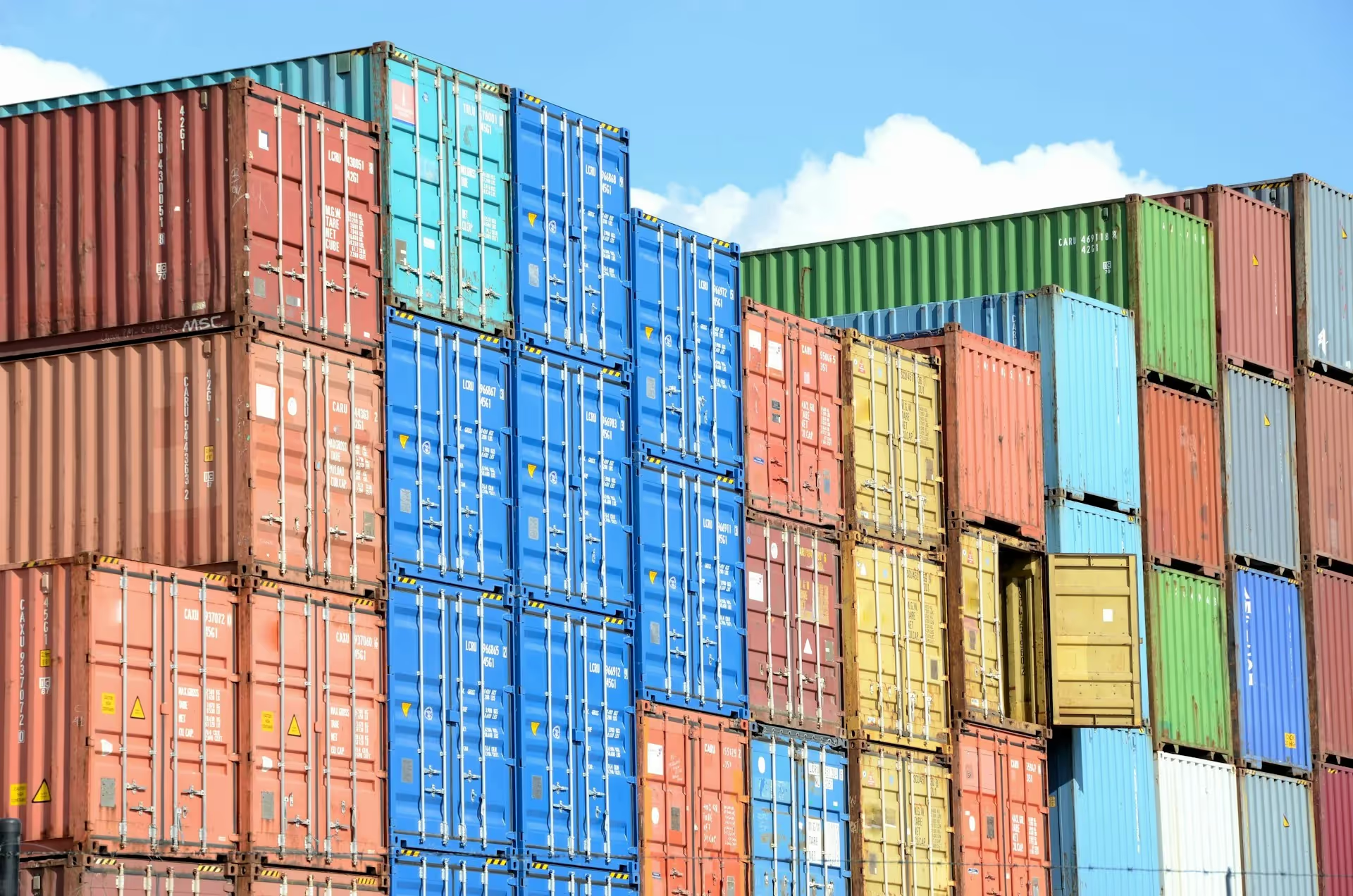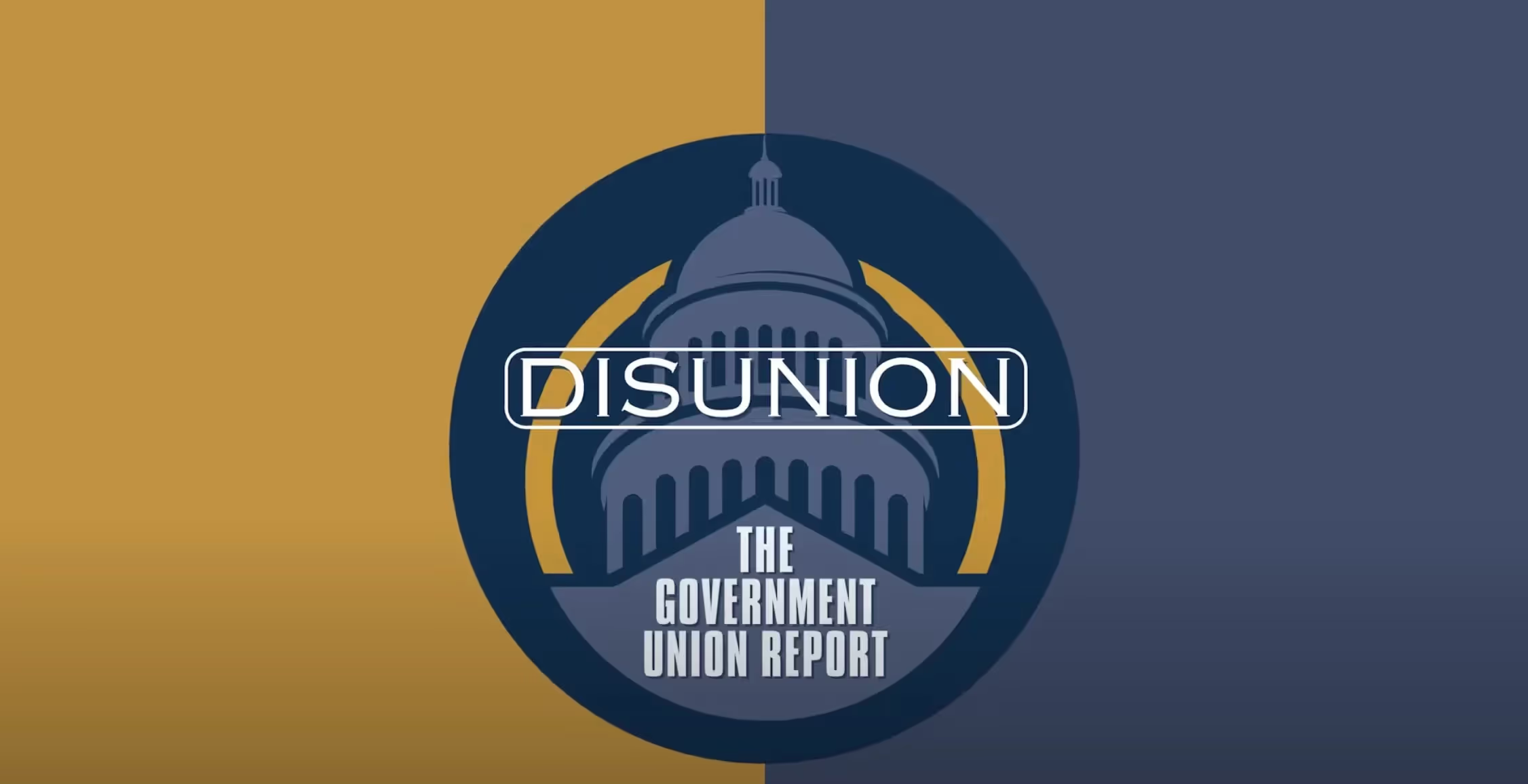
Trump Delivers Mixed Results on Health Reform
President Trump is right to center his health policy agenda on making health care more affordable, but his methods have at times undermined it.
Since taking office in January, President Trump has wasted little time advancing health policies he hopes will lower costs, improve quality, and promote innovation. Those are goals worth supporting, to be sure.
But the results of his efforts to date have been mixed.
Consider Trump's approach to prescription drug prices. For years, Americans have been clamoring for policies that will make drugs more affordable.
But policymakers also must ensure they don't kill the metaphorical golden goose that has delivered life-saving therapies to patients worldwide. Intervening too aggressively in the pharmaceutical market could destroy incentives for investors and drug companies to spend billions developing cutting-edge medicines — and undermine our economy and status as the world leader in biotechnology.
Striking a balance between affordability and innovation has been made harder by some of the actions taken during the Biden administration – most notably the passage of the Inflation Reduction Act by Democrats in August 2022.
Under the IRA, ten medicines dispensed through Medicare's Part D prescription drug benefit will have their prices capped starting January 1. In 2027, another 15 will become subject to price controls. The following year, 15 more across Part D and the Part B benefit that covers medicines dispensed in-clinic will be hit by the scheme. In 2029 and thereafter, 20 additional drugs across Parts B and D will have their prices set by the federal government.
The chief consequence of the IRA has been to sow uncertainty in the pharmaceutical market and drive down investment in drug research and development. A 2023 analysis by the healthcare consulting firm Vital Transformation estimated that the IRA's price controls would result in as many as 139 fewer new drug approvals over a decade. According to a more recent study, there has been a “35% reduction in early-stage phase I and II therapies under development from 2021-2023 among small and midsize biotech companies.”
This is the reality Trump inherited. Ideally, he would have moved to roll back these price controls. Instead, he's shown a willingness to embrace them.
That embrace is most apparent in his “most-favored-nation” (MFN) drug pricing executive order, which calls on drugmakers to sell their products on the U.S. market at the lowest price available in any other developed nation. If they refuse, the White House has threatened to take various actions to force compliance, though the specifics, and the legality, are still largely unclear.
The pressure campaign is already altering companies' decision-making. Pfizer recently announced that, for newly launched medicines, it would charge the same price in other countries as it charges in the United States. Bristol Myers Squibb and AbbVie have similarly pledged to price certain newly launched drugs the same in both the United States and the United Kingdom.
Pfizer also pledged to offer most-favored-nation pricing on medicines sold through Medicaid. This move could deliver savings for both the federal and state governments that jointly fund the health insurance entitlement.
The potential extent of those savings is unclear, since Medicaid already receives significant discounts due to the "best price rule," which stipulates that drug makers must offer the program the lowest price paid by any other domestic entity. Those discounted prices aren't much different from the prices that foreign countries currently pay. In addition, Medicaid beneficiaries already pay virtually nothing to fill prescriptions. So they won't capture any savings either.
Trump's MFN proposal seeks to address the fact that U.S. patients shoulder a disproportionate share of the global research and development burden.
Drug prices are lower abroad because foreign governments maintain price controls. The United States historically rejected such statist diktats, the IRA's looming price controls notwithstanding. Research published in RAND Health Quarterly found that drug prices in 33 developed countries in 2022 were roughly one-third of prices in the United States for the same medicines.
It may seem unfair that foreign countries freeload off research and development underwritten by American innovators, patients, employers, and taxpayers.
But if the Trump administration adopts foreign price controls in response, it would upend America's successful drug development model. America's higher drug prices are the reason why most pharmaceutical research and development — and all the economic activity it facilitates — happens here, and why American patients enjoy faster access to new drugs.
As of October 2022, Americans had access to 85 percent of the 460 medicines launched worldwide between 2012 and 2021. A person in the United Kingdom had access to 59 percent, and in Canada, just 45 percent.
MFN would trade the advantages of our access to new medicines and our leadership in global research for foreign price controls. Worse, by reducing the potential return for pharmaceutical innovation, MFN will stall drug research and deprive patients of countless medical advances.
Other countries really do need to take on a greater share of the global pharmaceutical research tab. Leveraging trade policy to force them to do so, say, by insisting that they pay prices closer to the market-oriented prices in force in the United States, would be far less destructive than copying the policies that led to the pricing disparities the president is incensed about in the first place.
The Trump administration is also undermining its own drive to make drugs more affordable by levying tariffs willy-nilly. In September, the president threatened to impose 100 percent tariffs on imported prescription drugs and pharmaceutical ingredients, with exceptions for drugmakers building manufacturing facilities in the United States.
The already announced 15 percent tariff on European medicines and active pharmaceutical ingredients is projected to saddle the biotech industry with $13 billion to $19 billion in new costs.
Several companies have announced plans to invest in new facilities in the United States, including Johnson & Johnson, AstraZeneca, Roche, Bristol Myers Squibb, and Eli Lilly. But it's important to recognize that it will take years for those investments to pay off. Companies might shift funds that would otherwise go to research and development toward building new U.S. drug manufacturing facilities. This could lead to fewer clinical trials, fewer breakthrough therapies, and fewer lifesaving treatments.
Furthermore, it is unclear who will staff these new manufacturing facilities. America already faces a significant shortage of workers with the skills required to work in advanced pharmaceutical manufacturing.
Tariff-induced spending cuts could also have geopolitical effects. China has prioritized developing its biotech sector as a national goal. Increasing costs for researching and producing drugs in the United States and Europe could help China catch up to the Western world -- and possibly surpass it us.
One area where President Trump has delivered for taxpayers is Medicaid reform. Total spending on the entitlement reached $871.7 billion in 2023, a nearly 8 percent increase from the previous year. More than 78 million people were enrolled in Medicaid and the related Children's Health Insurance Program as of May 2025. That's more than one in five Americans.
Medicaid enrollment has ballooned largely because Obamacare expanded eligibility to able-bodied childless adults making up to 138 percent of the federal poverty level, or $21,597 a year for an individual.
Republicans have argued for preserving Medicaid for those who cannot take care of themselves: pregnant women, the medically frail, and children, among them.
To that end, the One Big Beautiful Bill Act, which Trump signed into law in July, is essential progress. It instructs states to impose work requirements for able-bodied, working-age Medicaid beneficiaries, of which there are many, starting January 1, 2027. According to the Kaiser Family Foundation, the program's rolls include more than 26 million non-disabled people aged 19 to 64, 9.5 million of whom aren't working.
OBBBA asks Medicaid enrollees who are capable of working to spend at least 80 hours a month working, attending school or job training, or volunteering in their communities.
Requiring someone to engage in productive activity 20 hours a week in exchange for taxpayer-funded health coverage is common sense, especially given research showing how many of these Americans spend their time. According to the American Enterprise Institute's Kevin Corinth, the typical Medicaid beneficiary who is both not working and childless spends over four hours each day playing video games or watching television, and another two hours socializing or relaxing.
Work requirements will save taxpayers a significant amount of money — some $326 billion over 10 years, according to the Congressional Budget Office.
The law also targets provider taxes, where states impose taxes on healthcare providers and then return the money to them through higher reimbursement rates. This extra state spending attracts matching federal funds under Medicaid's long-standing funding formula.
In some states, thanks to these provider taxes, Medicaid rates are 2.5 times greater than Medicare rates. That can induce some providers to prioritize Medicaid beneficiaries over seniors.
And some states have used the manufactured windfall from provider taxes to help cover the cost of extending Medicaid coverage to illegal immigrants. Federal law prohibits the spending of federal Medicaid dollars on illegal immigrants. But some states get around this prohibition by using their provider tax booty to cover the legacy Medicaid population, and then spend their "own" money on Medicaid coverage for illegal immigrants.
This scheme may comply with the letter of the law. But it certainly violates its intent.
Brian Blase of the Paragon Health Institute has likened provider taxes to legalized money laundering. And he's right. They reward states that spend profligately on Medicaid, penalize states that manage to deliver Medicaid benefits more efficiently, and stick future generations of federal taxpayers with the bill.
Together, the OBBBA's reforms move Medicaid closer to fiscal sanity without compromising access to care for the genuinely destitute.
The OBBBA also improved the utility of Health Savings Accounts. These vehicles are triple tax-advantaged -- money is tax-free going in, grows tax-free, and can be spent tax-free on health care.
Now, anyone with a bronze or catastrophic exchange plan – which offers less comprehensive benefits than gold, silver, or platinum plans – can contribute to an HSA.
The law also allows HSA funds to be used for direct primary care arrangements. These are essentially subscription-based plans that individuals can set up with physicians for unlimited primary care access.
For some patients, a direct primary care contract plus a low-cost catastrophic policy may be the most cost-effective way to secure affordable access to care and financial protection against an emergency or serious health issue.
President Trump's recent push for drug companies to sell their medicines directly to patients at transparent, discounted cash prices aligns well with efforts to expand HSAs. The administration rightly recognizes that various middlemen, especially pharmacy benefit managers, distort the drug market and increase patient and employer spending on pharmaceuticals. Removing them from the process and allowing Americans to buy drugs straight from manufacturers would make our healthcare system more efficient, competitive, and ultimately, more affordable.
President Trump is right to center his health policy agenda on making health care more affordable and advancing America's interests abroad. But the policies he has pursued thus far have sometimes undercut the pursuit of those goals.
Nevertheless, his efforts to reform Medicaid are among the most significant victories for market-oriented health policy in years.
He'll have another shot at protecting taxpayers this fall – by refusing Democrats' demands to extend the Biden administration's enhanced subsidies for Obamacare exchange coverage beyond their scheduled expiration date at the end of this year. Extending them would cost $350 billion over 10 years and would represent a massive taxpayer-funded handout to insurers.
Let's hope that limited government rather than interventionism characterizes the final three years of Trump's term.
Sally C. Pipes is President, CEO, and Thomas W. Smith Fellow in Health Care Policy at the Pacific Research Institute. Her latest book is The World's Medicine Chest: How America Achieved Pharmaceutical Supremacy – and How to Keep It (Encounter 2025). Follow her on X @sallypipes.
Economic Dynamism

The Causal Effect of News on Inflation Expectations
This paper studies the response of household inflation expectations to television news coverage of inflation.
.avif)
The Rise of Inflation Targeting
This paper discusses the interactions between politics and economic ideas leading to the adoption of inflation targeting in the United States.

Ignore 'Open Letters' From Economists
Don’t be swayed by “open” letters signed by well-known and well-respected scholars, experts, professors, and businessmen.

Demystifying the New Deal
Carola Binder reviews False Dawn: The New Deal and the Promise of Recovery, 1933–1947 by George Selgin

Texas Stands on Commerce
Clear limits on shareholder resolutions have made Texas a model of business certainty — and business is flooding in.

America Needs Its Hidden Champions
From imaging systems to next-gen GPS, small and midsized manufacturers are quietly rebuilding America’s industrial and defense backbone.






.jpg)



.avif)




